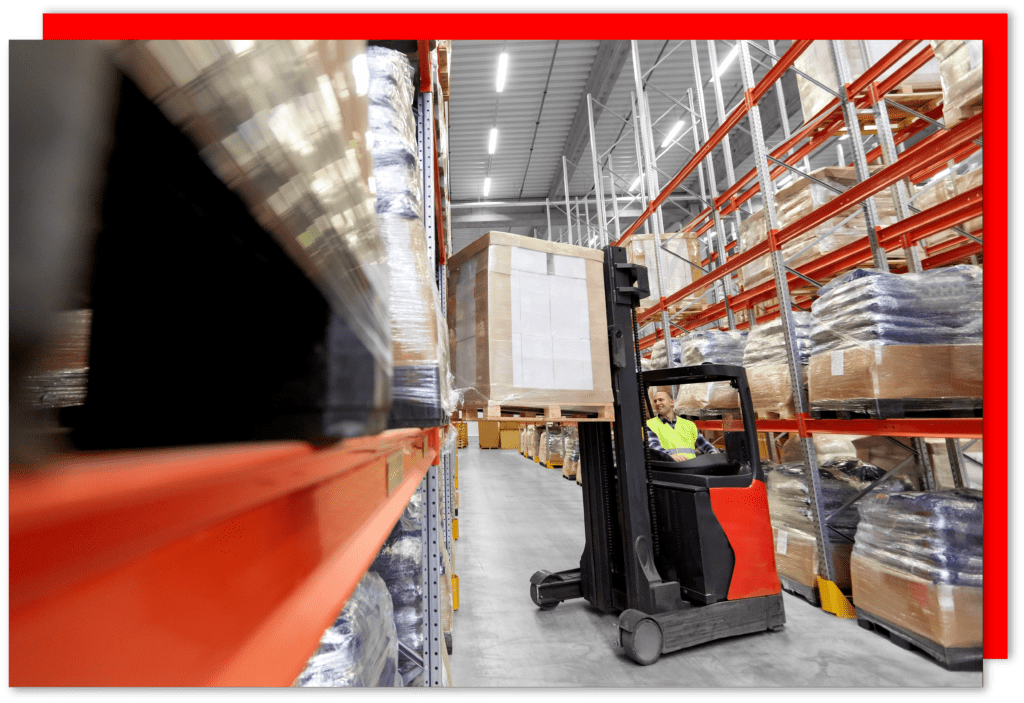The lifting of Covid restrictions last month, including the need to work from home when you can, has driven employers to re-look at their obligations and processes for managing covid-related risk. It remains a priority for employers to follow statutory health and safety requirements, including for example, conducting risk assessments.
The Government recommends a gradual return to offices – resulting in many businesses expected to move to a hybrid style of working. Many organisations and employees have seen the benefits of working from home and will be looking for a middle ground – especially while the vaccination programme is still underway, and many employees are still anxious about returning to a crowded office after more than a year of remote working. Employers should discuss the timing and phasing of any hybrid or full return with workers.
Some key considerations when planning a return to the office programme include:
Creating Covid-19 specific Risk Assessments will help to identify risks and keep track of the current measures implemented within your business. These should be adapted at an individual employee level, depending on their personal circumstances (for example, vulnerable individuals who suffer from underlying health conditions).
Revert to homeworking – You should also prepare for the possibility of needing to implement a full homeworking plan again at short notice, should guidance change or there be an outbreak within your business. Make sure all employees have what they need to work from home safely and effectively should they test positive or be told to self-isolate by the NHS test and trace app – a likely possibility given the current ‘pingdemic’ situation.
Vaccination recording – Keep an up-to-date record of the vaccination status of your entire workforce, this visibility will help you to manage individuals as there is now different guidance emerging dependant on an individual’s vaccination status.
To see government guidance on how to safely return to work in your sector, visit their website.
In terms of preparing the workplace, there are many basic steps you can take to improve safety and reduce the chance of the virus spreading, including:
- Socially distancing your workforce and sufficiently spreading out desks
- Reducing the number of people each person interacts with, this can be done by cohorting or establishing fixed teams
- Implementing screens or barriers
- Regularly disinfecting surfaces and equipment used by multiple people
- Implementing a one-way system to prevent unnecessary interactions
- Providing easy access to hand sanitiser
- Assessing the current ventilation levels within the workplace
We at Riskex can help you to navigate your return-to-work challenges with our Covid Health Surveillance and Vaccination Recording platform, Safe2Day. We can also support you with your Covid Risk Assessments via our flagship health and safety platform, AssessNET – for a no-obligation demonstration of how we can tailor our solutions to meet your needs, reach out to us on 01908 915272.












